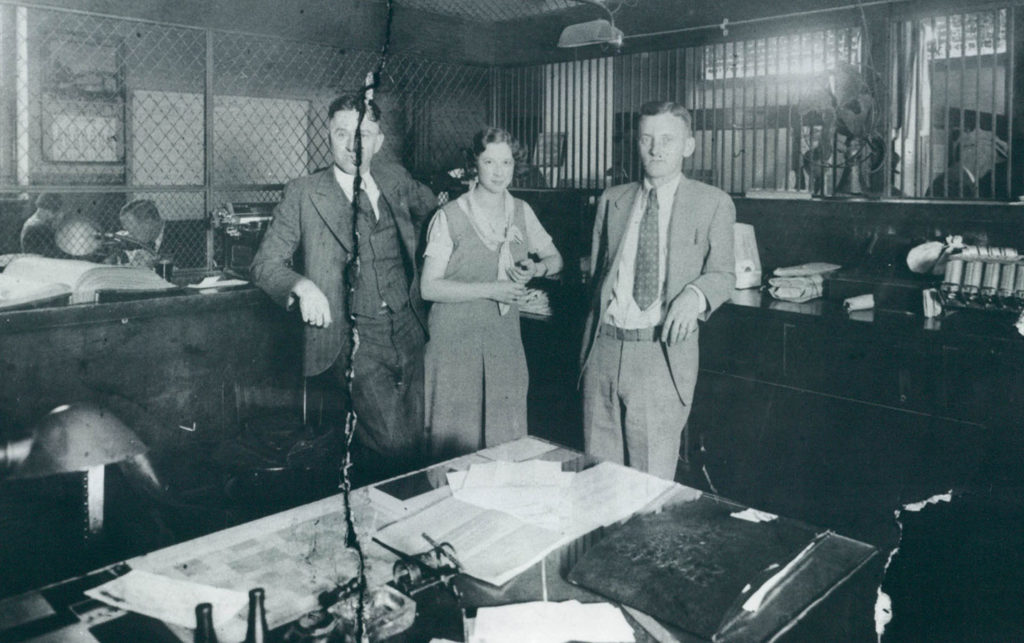
The difficulties of BND in its first years were just one facet of a larger bank crisis on the northern Great Plains. After North Dakota’s political subdivisions were released from the obligation to deposit their funds in BND in November 1920, the Bank could only remain solvent by calling in funds it had redeposited in commercial banks throughout the state. Many of those banks were unable to meet those demands. The Bank had no choice but to press for repayment, which would lead to the collapse of a number of marginal commercial banks.
Between 1921 (the date of the recall election) and 1924, North Dakota lost almost a third of its commercial banks. Their failure put enormous strain on the state bank. By the end of 1924, BND had more than $1.5 million tied up in closed banks, with little or no hope of recovery. The problems, particular to North Dakota agricultural life, were now compounded by a regional and even national credit crisis.

